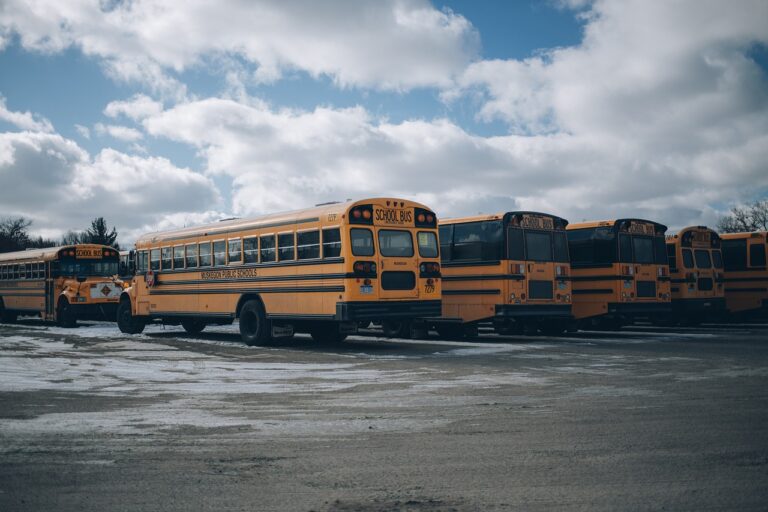Addressing the Impact of School Closures on Student Engagement
Remote learning presents a multitude of obstacles for students navigating this unprecedented way of education. One significant challenge is the lack of immediate feedback and personalized attention from instructors. Without the physical presence of teachers in the classroom, students may struggle to seek clarifications or ask questions in real-time, hindering their learning experience.
Moreover, the absence of face-to-face interaction with peers in a traditional classroom setting can lead to feelings of isolation and disconnection. Collaborative activities, group discussions, and interpersonal relationships that typically fostered in-person learning environments are limited in remote settings, impacting students’ social development and overall engagement with the material.
Lack of Face-to-Face Interaction
Face-to-face interaction has always played a crucial role in education, allowing for immediate feedback, personalized assistance, and real-time discussions. In the absence of physical classrooms, students may find it challenging to engage with their peers and teachers in the same way. Non-verbal cues, such as facial expressions and body language, which are integral to communication, are often lost in remote learning settings. This can lead to misunderstandings, misinterpretations, and a lack of connection between individuals, impacting the overall learning experience.
Furthermore, the absence of face-to-face interaction may contribute to feelings of isolation and disconnection among students. Human interaction is not only essential for academic growth but also for emotional well-being. Without the camaraderie and social support that come from in-person interactions, students may struggle to stay motivated, focused, and connected to their learning community. Building relationships and a sense of belonging are vital aspects of the educational experience, and the shift to remote learning has presented significant challenges in maintaining these essential components.
How does lack of face-to-face interaction impact remote learning?
Lack of face-to-face interaction can make it harder for students to fully engage with the material and build relationships with their peers and instructors.
What are some challenges of remote learning related to lack of face-to-face interaction?
Some challenges include decreased socialization, difficulties in communication, and lack of immediate feedback and support.
How can students overcome the lack of face-to-face interaction in remote learning?
Students can try to actively participate in online discussions, schedule virtual study sessions with classmates, and reach out to instructors for help when needed.
Is there a way to incorporate more face-to-face interaction in remote learning?
Some online platforms offer video conferencing tools that allow for virtual face-to-face interactions, which can help bridge the gap between students and instructors.
What can educators do to mitigate the challenges of lack of face-to-face interaction in remote learning?
Educators can create opportunities for group projects, virtual office hours, and interactive assignments to promote engagement and collaboration among students.





